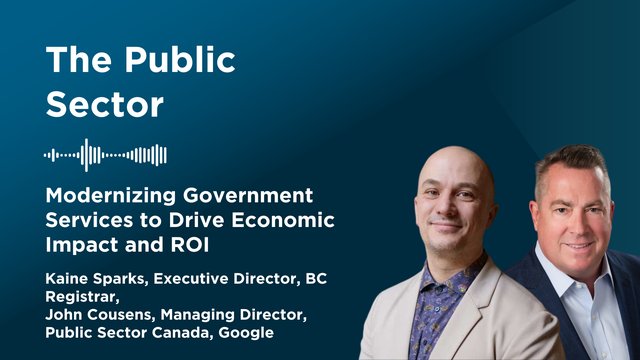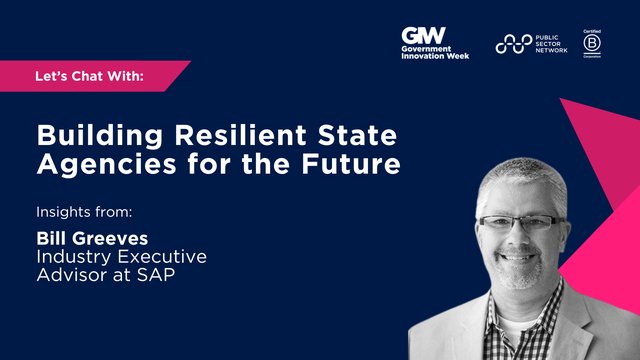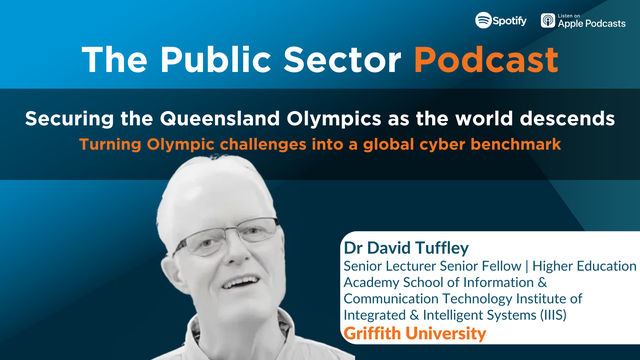Developing strategies to better manage IT ecosystems
Government Case Study:
Making government easy – Empowering citizens to meet their financial obligations

Scott Johnston
Chief Commissioner of State Revenue
,
Commissioner of Fines and Administration,
Deputy Secretary,
Revenue NSW

Kathleen Mackay
Chief Digital Officer,
Revenue NSW
Dual Goals of Transformation
Government departments and organisations are ideally about providing services to citizens. Obviously, they are mostly about implementing the work of the government, but if that can be achieved in a way that benefits the citizens too, then that is the ultimate aim.
Scott Johnston, the Chief Commissioner of State Revenue; the Commissioner of Fines and Administration; and the Deputy Secretary at Revenue NSW , says that for their agency, it is about “making government easy and empowering our citizens to meet their financial obligations.”
Revenue NSW is the “state’s principal revenue management agency, and in 2019/20, we collected more than $27 billion,” or a third of all NSW finances. They operate in five locations across the state and “collect the vital revenue that funds key services across NSW, like education, health, and police.” Although run independently, the agency sits under the banner of the NSW Department of Customer Service and it is, therefore, the vision of the department and thus the agency “to be part of the world’s most customer-centric government.” Revenue NSW is really committed to this, and to achieve it, they are “continually trying to transform by investing in our people, modernising our work environments and culture, and optimising our systems to ultimately becoming easier for all of our citizens.” As much as the agency is about raising funds, “we have actually mutually inclusive goals of collecting revenue and improving the customer experience.” By transforming and improving the revenue collection methods, it is hoped that the experience of the customers will simultaneously also improve.
Key Strategic Milestones
To achieve the dual goals, Revenue NSW began the “Assured Revenue program, which has three goals:”
- To make it easier for our customers to get their taxes right the first time
- To reduce our cost to serve
- To provide a world-class customer experience

The program is designed to “remove friction across the system” and began in September 2020. Since then, Revenue NSW has “conducted 54 interviews and 13 workshops with individual and business customers across NSW, other part of Australia and even overseas,” including with 18 team members from the Department “to get a real richness” of responses. The results showed that “customers want to pay their taxes on time but find it difficult to do so; that we currently ask for repetitive information whilst customers want everything in one place; that data security and privacy are a big concern; and that customers often have multiple records across different tax types.” This mostly confirmed what the agency already knew, but it was nonetheless good to hear from the customer base.
To transform the agency and achieve the dual goals, Kathleen Mackay, the Chief Digital Officer at Revenue NSW , says that there are four things that the agency is doing:
New technology platform
– To be truly customer-centric and ensure that customers interact with the agency in the way they need to, “we are currently building a new overall technology solution that is a combination of new systems and augmenting existing systems.” It is essentially a system of records but will have a “new front end and engagement layer where our customers log in.” Currently there are numerous portals for different types of taxes and fines. The platform will go live later this year and is being built to “look and feel the same as the Service NSW interface, and it will in fact be a seamless extension of Service NSW. Through the governance and code libraries, there’s a standard look and feel navigation for customers.” This existing standard also means that “we have the ability to quickly add new products and services with minimal additional coding, should that be required.”
Customer driven service design – This underpins much of this work, but also means that customers need only to log in once for all services “through their My Service account.” From the agency’s perspective, this means that customers “go through an identity verification process and that helps us manage our master data and feed them through to the appropriate services.”
Government partnerships – Scott Johnston says that “we cannot do this work alone.” The lessons of the past year reiterated that government collaboration is critical to the success of projects of this kind. As such, Revenue NSW is “working really tightly with Service NSW.” They are providing their interface “and the front door services for us.” The agency is also working closely and collaboratively with the Australian Taxation Office to “better link the data and make sure that people understand their obligations early so that they can then have the flexibility to make decisions in the best possible way.”
Master data management – Kathleen Mackay says that this is the crux of all of their transformation efforts and the “crown jewel of the operation because ultimately administering taxes is about knowing who owes what tax when, and being able to provide accurate assessments.” Once a customer logs in through Service NSW, they receive a unique customer identity from the master data management storage which then assists us “to figure out what information we need to show in the digital channel to that customer.” The system is also designed for “continuity so that you can pick up where you left off when you last logged on” with the right information.


































